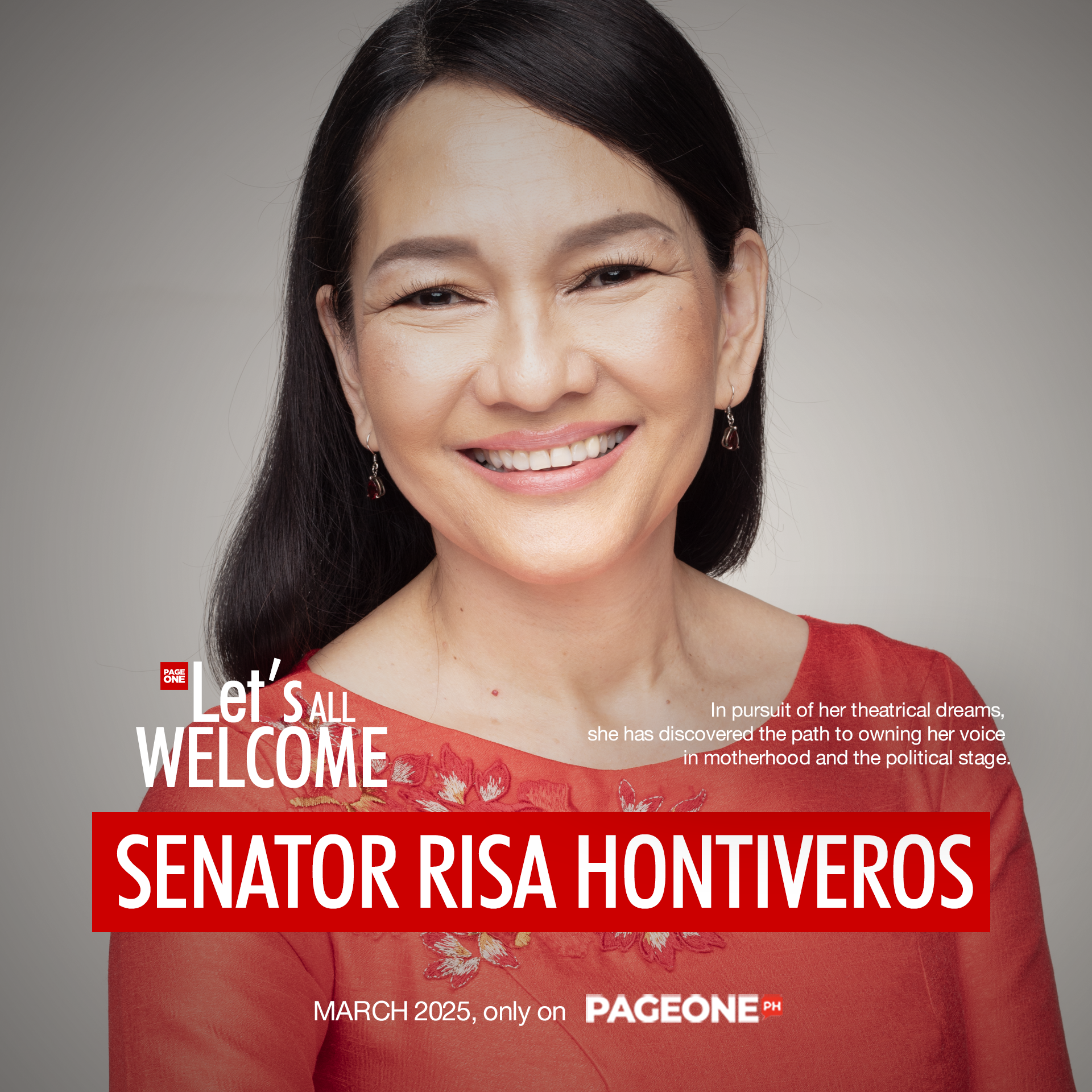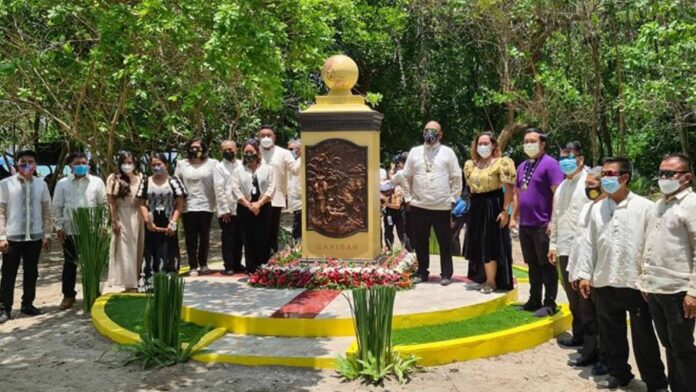The National Quincentennial Committee has unveiled more historical markers in Leyte Island to raise public awareness on the significance of several places to the first circumnavigation of the world.
Department of Tourism (DOT) Regional Director Karina Rosa Tiopes said on Tuesday that Undersecretary Anthony Gerard Gonzales of the Office of the Presidential Assistant for the Visayas represented the National Quincentennial Committee (NQC) in the unveiling of these markers on Sunday and Monday.
“These markers play a significant role in making people (be) aware that these communities were part of the first circumnavigation. This is part of telling our story as we celebrate the 500th anniversary of Ferdinand Magellan’s landing in Eastern Samar and the First Mass in Southern Leyte,” Tiopes said in a phone interview.
Travel restrictions due to the surge of coronavirus disease 2019 (Covid-19) cases in the National Capital Region have prohibited the NCQ officials from attending the unveiling of markers.
On Sunday, a marker was unveiled in Combado village, Maasin City in Southern Leyte. The village is within the coastline of Leyte Island that was followed by the Magellan-Elcano expedition as they headed to Cebu 500 years ago, guided by Rajah Kolambu of Limasawa Island in Southern Leyte.
“The quincentennial marker will serve as a reminder of how Rajah Kolambu of Limasawa helped the Magellan-Elcano expedition as it continued on its exploration,” Tiopes said in a phone interview.
Juan Sebastián Elcano was a Castilian explorer of Basque origin who completed the first circumnavigation of the world after Magellan’s death in the Philippines.
On Monday, the quincentennial historical markers were unveiled at Himokilan Islet, Hindang, Leyte; Punta Church in Punta village, Baybay City; and Canigao Islet, Matalom, Leyte.
The unveiling in Himokilan commemorates the role of the islet as a landing site along the route of the first circumnavigation of the world, Tiopes said.
Baybay is a landmark along the route of the first circumnavigation of the world since it was the place sighted from afar by the expedition while on their way to Cebu to load provisions needed in their journey to the Maluku or the Spice Islands, or today’s Indonesia, south of Mindanao.
Francisco Albo, a pilot of the expedition, recorded that Baybay was a contiguous land with highlands, according to the information posted online by the NQC.
Earlier, markers were unveiled in Calicoan and Suluan islands in Guiuan, Eastern Samar as well as at the newly-restored Guiuan Church. Also in Guiuan town, a marker was unveiled in Homonhon Island marking the 500th anniversary of the Philippine-Spanish Contact.
Last week, the NQC unveiled a marker in Limasawa Island, the site of the First Catholic Mass in Asia, officiated on Easter Sunday, March 31, 1521, by Father Pedro de Valderrama under the fleet of Magellan.
Two weeks before the mass on March 16, 1521, Magellan landed in Homonhon Island in Guiuan, Eastern Samar where his crew managed to gather some food and water for them to be able to continue their journey. (PNA)






